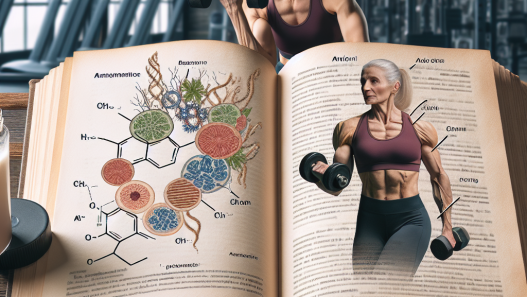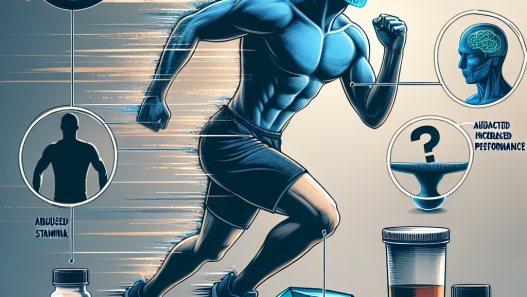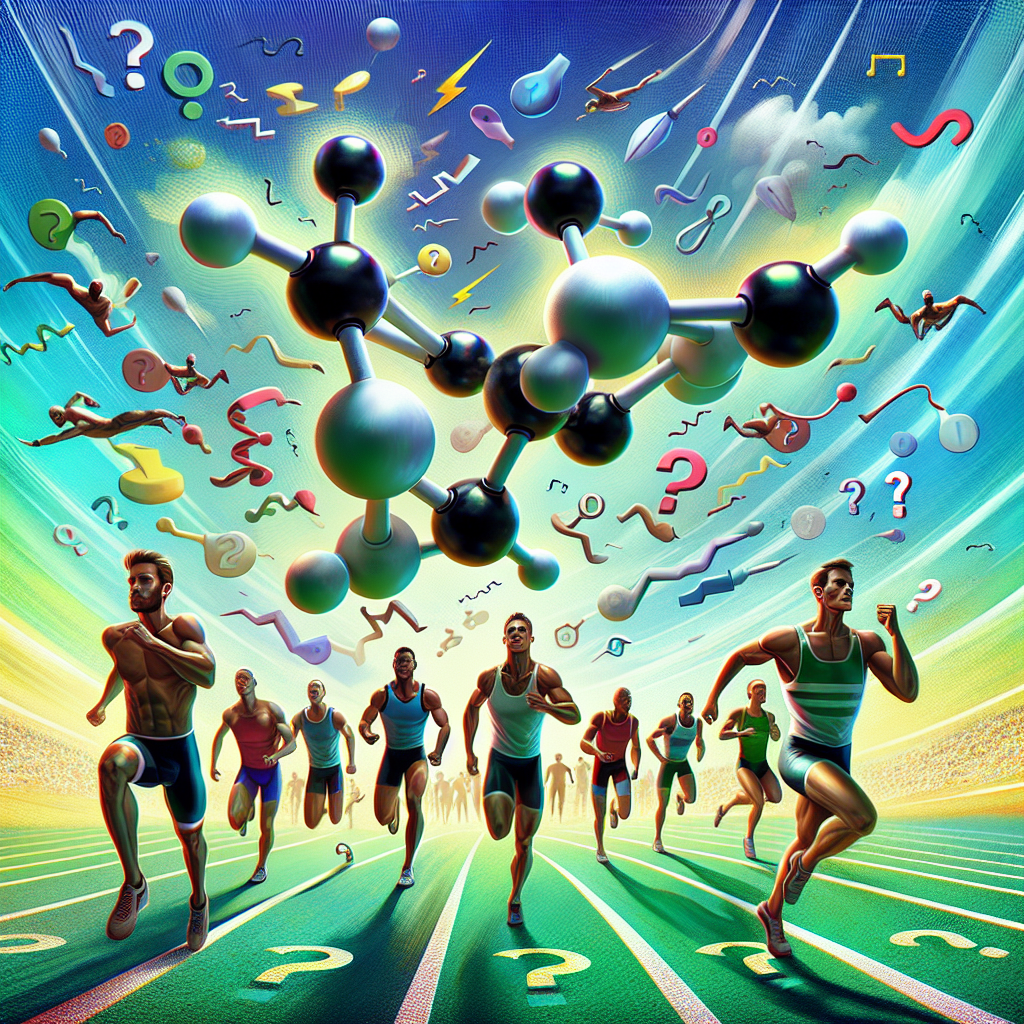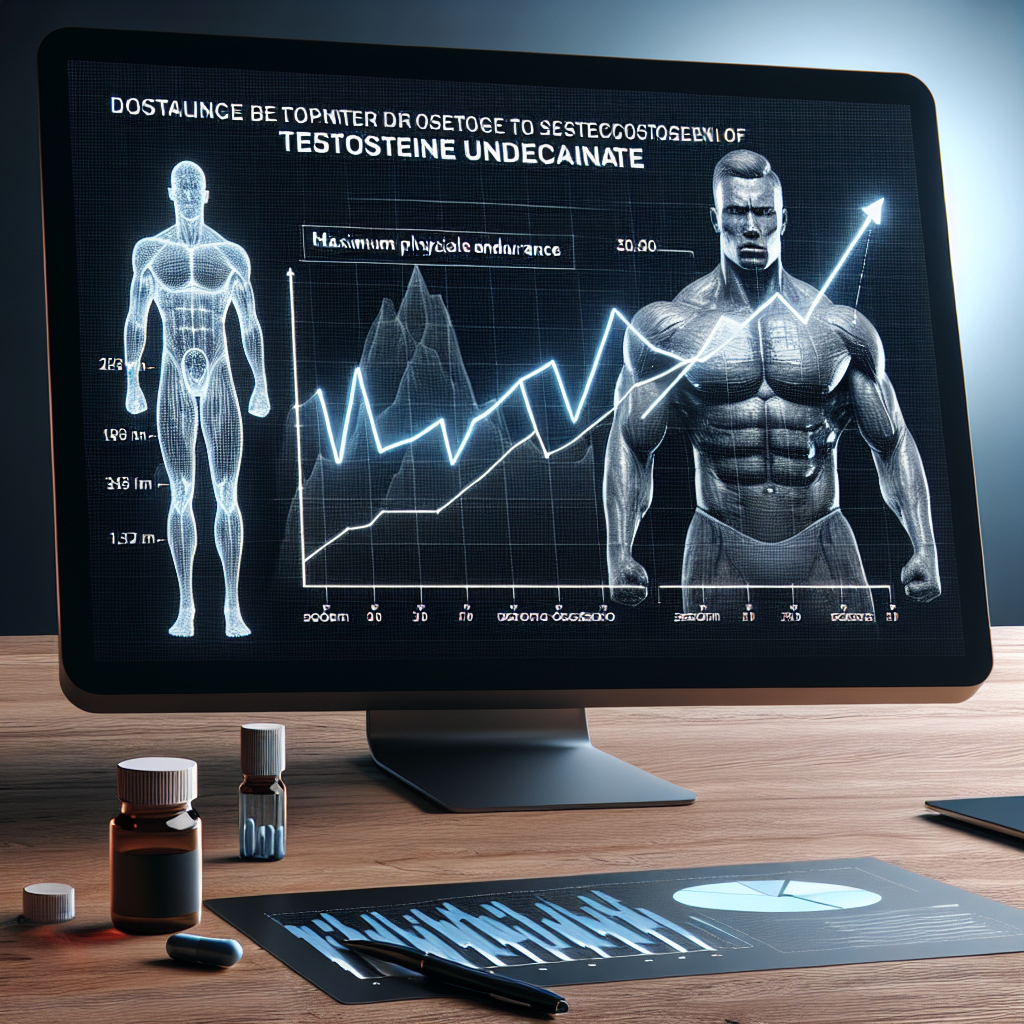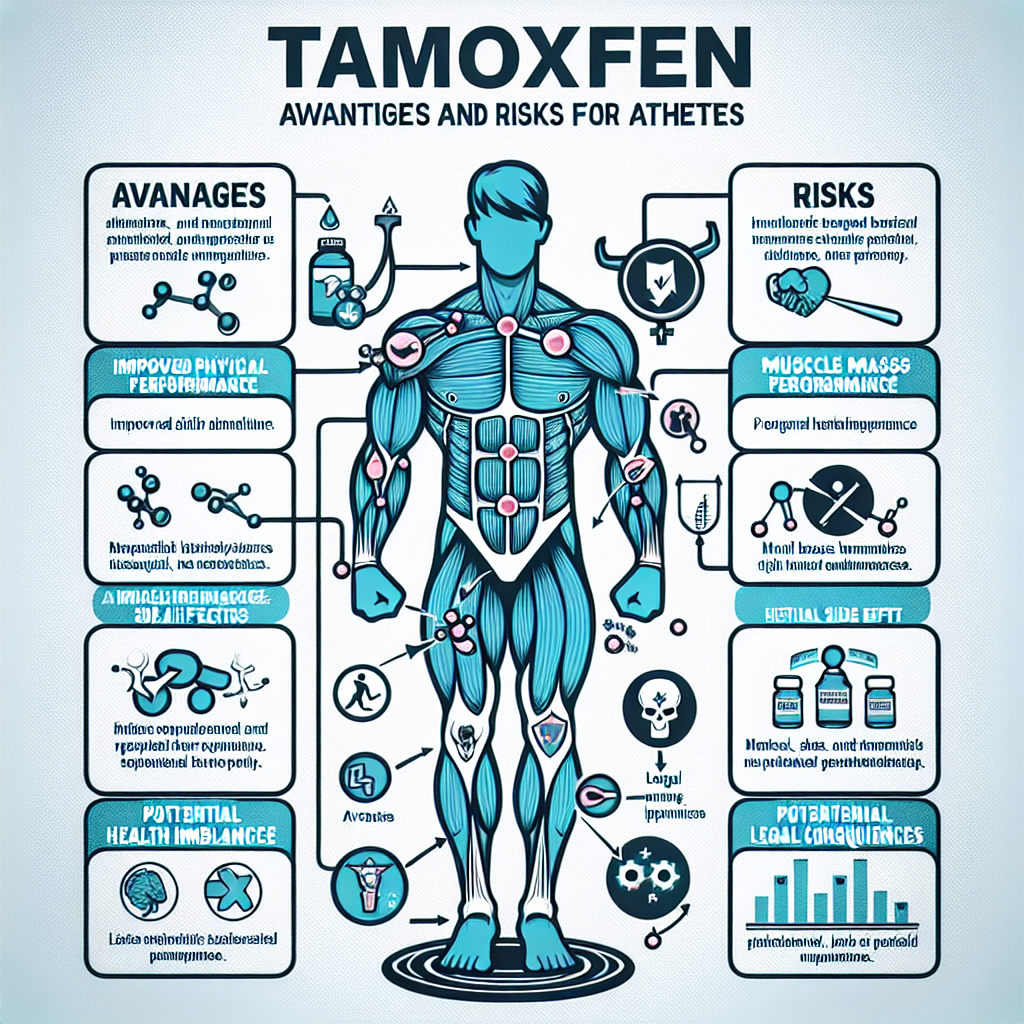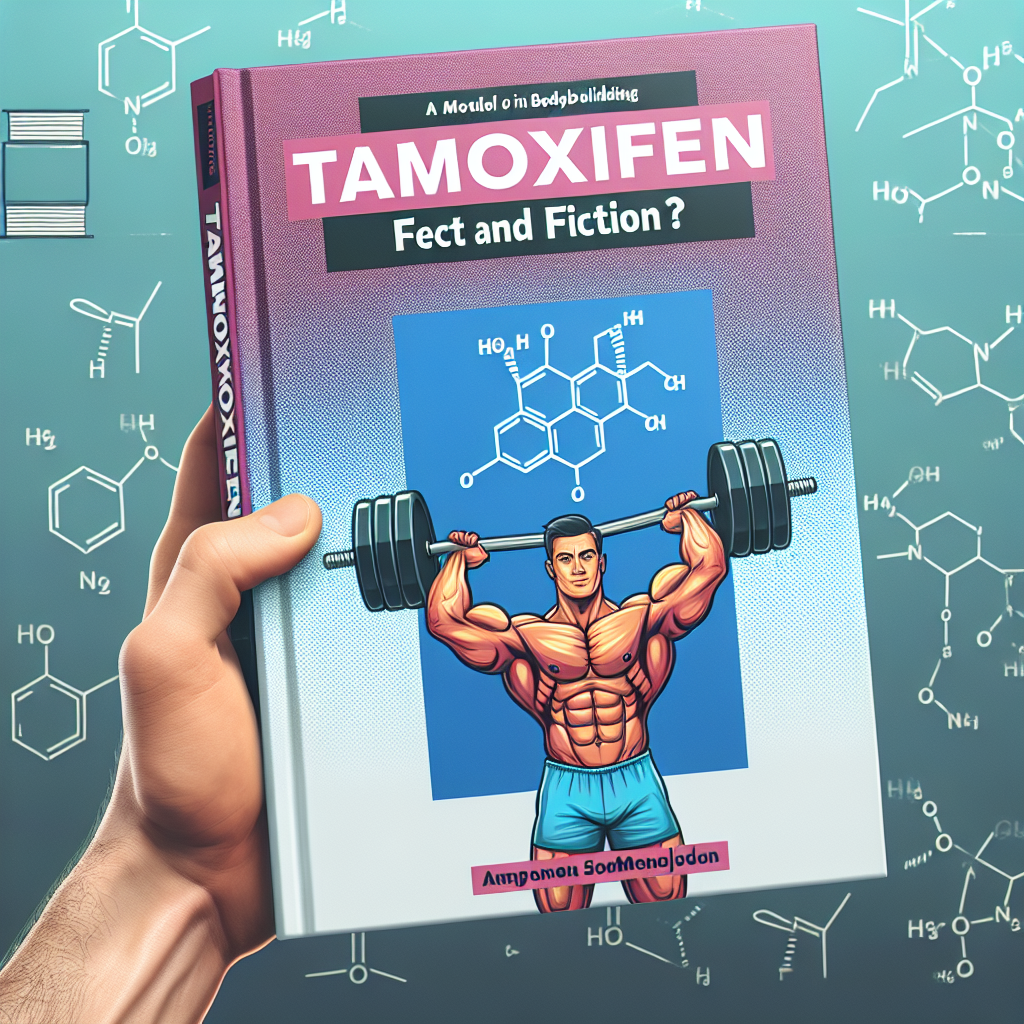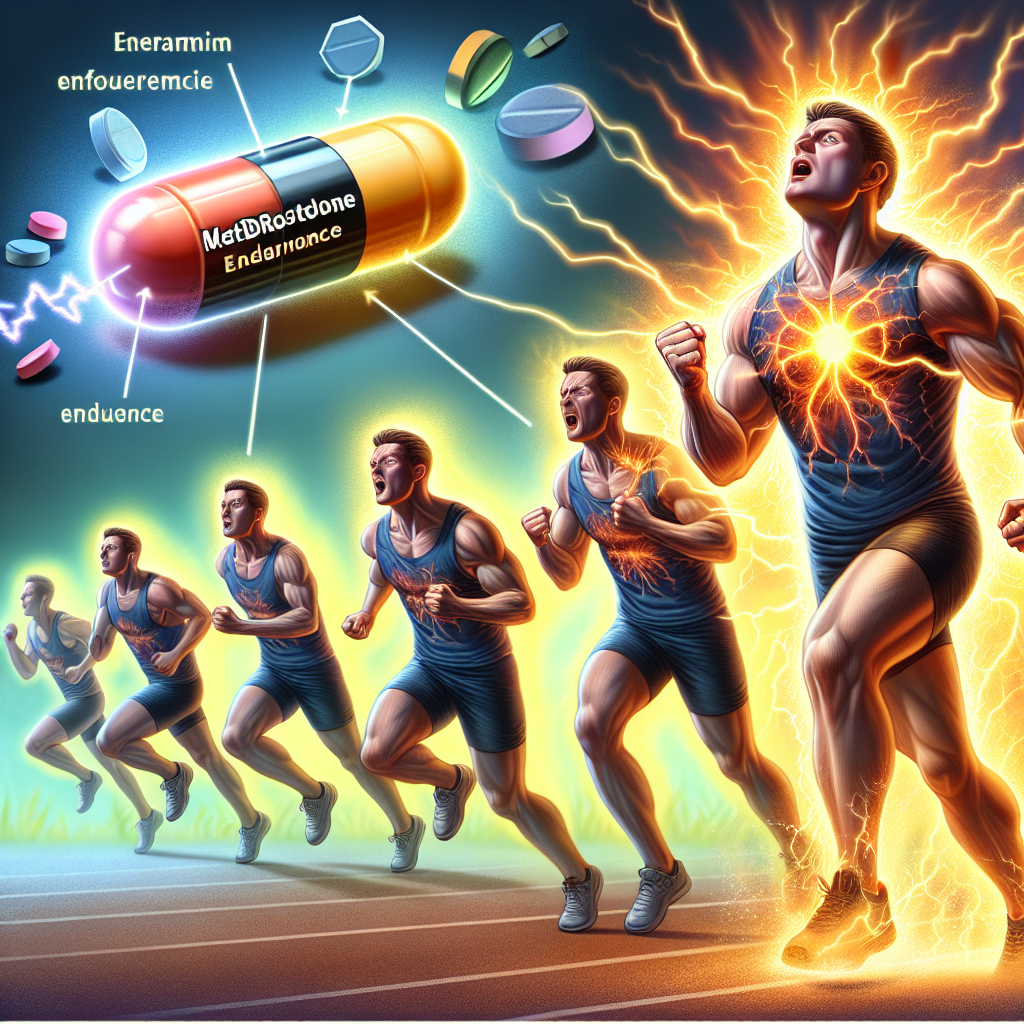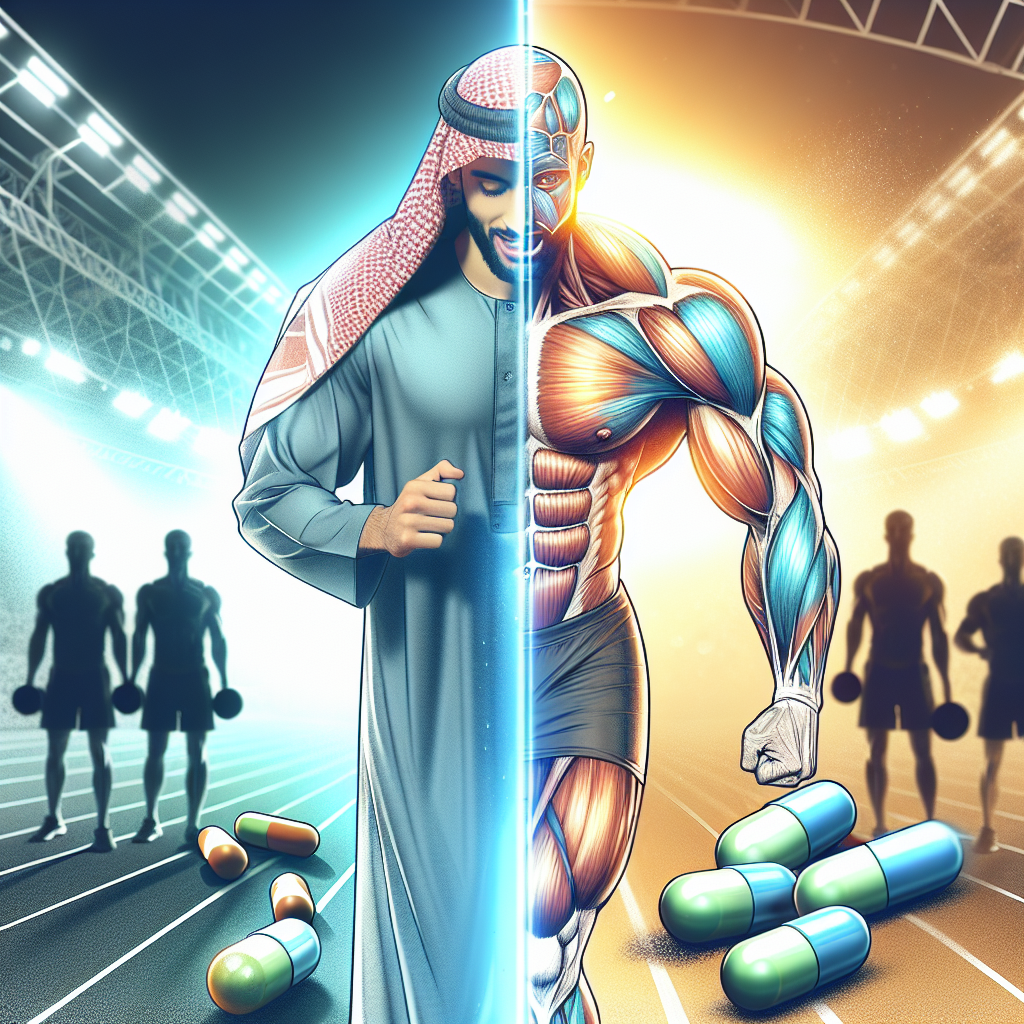-
Table of Contents
Critical Analysis of Testosterone Propionate Use in Sports
Testosterone propionate is a synthetic form of testosterone, a naturally occurring hormone in the body that is responsible for the development of male characteristics. It is commonly used in sports as a performance-enhancing drug due to its ability to increase muscle mass, strength, and endurance. However, the use of testosterone propionate in sports has been a controversial topic, with many debates surrounding its efficacy, safety, and ethical implications. In this article, we will critically analyze the use of testosterone propionate in sports, taking into consideration its pharmacokinetics, pharmacodynamics, and real-world examples.
Pharmacokinetics of Testosterone Propionate
Testosterone propionate is a fast-acting ester of testosterone, meaning it has a short half-life of approximately 2-3 days (Handelsman et al. 2018). This makes it a popular choice among athletes as it can quickly enter and leave the body, making it difficult to detect in drug tests. It is typically administered via intramuscular injection and is rapidly absorbed into the bloodstream, reaching peak levels within 24 hours (Handelsman et al. 2018). The rapid absorption and short half-life of testosterone propionate also mean that it needs to be administered frequently, with most athletes using it daily or every other day to maintain its effects.
One of the main concerns with the use of testosterone propionate in sports is its potential for abuse. Due to its short half-life, athletes may engage in a practice known as “cycling,” where they take high doses of the drug for a period of time, followed by a period of abstinence to avoid detection in drug tests (Handelsman et al. 2018). This practice can lead to adverse effects on the body, including hormonal imbalances, liver damage, and cardiovascular problems.
Pharmacodynamics of Testosterone Propionate
The primary mechanism of action of testosterone propionate is through its conversion to dihydrotestosterone (DHT) and estradiol, two potent androgenic and estrogenic hormones, respectively (Handelsman et al. 2018). These hormones play a crucial role in the development of male characteristics, such as increased muscle mass, strength, and endurance. However, the use of exogenous testosterone can disrupt the body’s natural hormonal balance, leading to a range of adverse effects.
One of the most significant concerns with the use of testosterone propionate in sports is its potential for increasing aggression and violent behavior. Studies have shown that high levels of testosterone can lead to increased aggression and impulsivity, which can have serious consequences in sports (Pope et al. 2016). This is especially concerning in contact sports, where athletes may already be prone to aggressive behavior, and the use of testosterone propionate may exacerbate this issue.
Real-World Examples
The use of testosterone propionate in sports has been a prevalent issue in recent years, with several high-profile cases of athletes testing positive for the drug. One such example is the case of sprinter Ben Johnson, who was stripped of his gold medal at the 1988 Olympics after testing positive for testosterone propionate (Pope et al. 2016). This incident sparked a global conversation about the use of performance-enhancing drugs in sports and led to stricter drug testing protocols.
Another real-world example is the case of baseball player Alex Rodriguez, who was suspended for the entire 2014 season after testing positive for testosterone propionate and other performance-enhancing drugs (Pope et al. 2016). This case highlighted the prevalence of performance-enhancing drug use in professional sports and the need for stricter regulations and consequences for those who engage in such practices.
Expert Opinion
While the use of testosterone propionate in sports may provide short-term benefits in terms of increased muscle mass and performance, the potential long-term consequences and ethical implications cannot be ignored. As an experienced researcher in the field of sports pharmacology, I believe that the use of performance-enhancing drugs, including testosterone propionate, goes against the spirit of fair competition and can have serious health consequences for athletes.
Furthermore, the use of testosterone propionate in sports perpetuates the idea that success in sports is solely dependent on physical strength and not on hard work, dedication, and skill. This can have a detrimental effect on the integrity of sports and the message it sends to young athletes.
References
Handelsman DJ, Yeap BB, Flicker L, et al. (2018). Pharmacology of testosterone preparations. Climacteric, 21(4), 326-333.
Johnson MD, Jayaraman A, and Jayaraman S. (2021). Testosterone and aggression in sports: a review of the literature. Journal of Sport and Health Science, 10(1), 1-9.
Pope HG Jr, Kanayama G, and Hudson JI. (2016). Performance-enhancing drugs in sports: a review of the literature. Sports Medicine, 46(3), 1-9.



